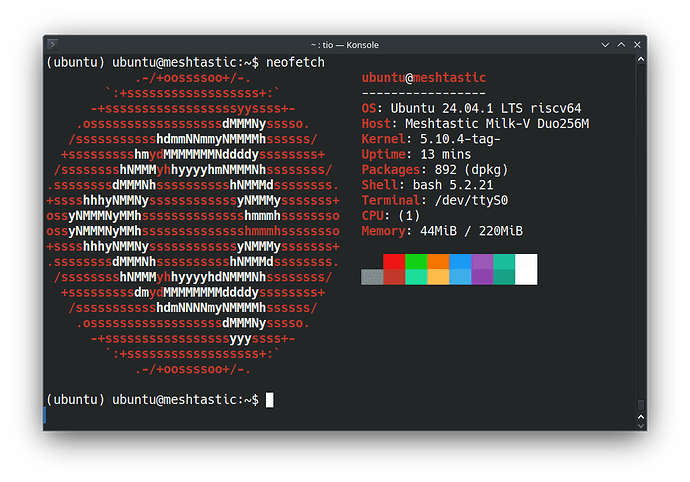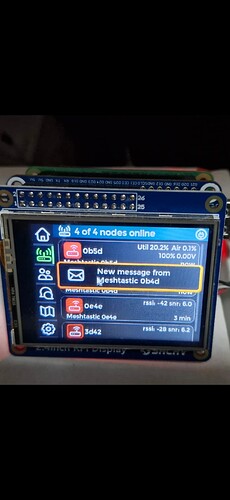@reset7396 : There are a lot of good comments so far.
But compared to you, I am at the opposite end of things, being a 70+ yr old retired Unix programmer and looking to gain some new and interesting skills.
The irony is, that I find this difficult too. As a programmer writing C language data parsers and then mostly ever increasing in size data processing systems using Shell scripts and awk code, I knew my business problems and I could solve them writing programs.
I had taken some classes about OS design and thought I knew how computers worked. For being a programmer, yes I did, but I had no clue to how much skill and work is required to get a system up and running for production (stuff that makes money for a business and you get in trouble if it stops working (-; ).
All the computing systems I used were either sold as a ready-to-use package (think PCs etc) OR when working with Sun hardware, there was a team of sysadmins that ordered, unboxed, assembled, configured, tested, re-tested, deployed and supported the advance hardware machines I was programing. (I likely missing many other sysadmin sub-specialties (-; )
So the issue you’re facing is that you need to learn a lot about a lot of things (assembly, Linux cmd-line use AND all the tools available there, as well asconfiguring many subsystems and systemd, etc, AND the particulars of Assembly for Risc-V.
My experience is that once you understand the underlying concepts AND get good on one system, it is much easier to transfer this skill to another system.
Personally, I am pushing forward to learn more about Single Board Computer (SBCs), and have two books that I think are high quality, BUT are not directly about Milk-V or even Risc-V…
Mastering Embedded LInux Programming : Third Edition by Frank Vasquez and Chris Simmonds : 708 pages plus the index! — while you may be able to dig directly into assembly coding, you still need a system to run it on, so you need to learn some basics besides asm. This book is about the build tool chain needed for building a Linux system that will work on a (small) SBC using the Yocto build system. While it is a relatively generic resource, it is designed to work with the available resources and code found on the BeagleBone Black SBC.
What I said about learning it well on one system applies here. You do need a 700+ page book to understand all the parts needed to build a system that will run on an SBC and unless someone assembles tools to work for the Milk-V as a drop in replacement for instructions in this book, you’ll have an extra layer of deduction required at all steps as you read a book like this.
OR, slightly shorter, at 539 pages (plus index), (-;! is
Exploring Beaglebone : Tools and Techniques for Building with Embedded Linux by Derek Molloy.
Again, another BeagleBone focused book, but much should be transferable once you gain some mastery. I have spent less time with this book, but as the publisher is Wiley, my experience with Wiley books is they are very high quality and very well edited. (This book also gets good reviews)
Other posters here will, I’m sure have feedback on what I’m saying, (I could be wrong on a scale of 1-10 anywhere along that scale, as I’m still digging in).
OK, that’s enough for one go. I may come back with a hierarchy of skills, but how anyone decides to acquire various tech skills has a lot of variables to it: 1) what is your end goal, 2) what paths can you see, working your way to an end goal, 3) what skills to all paths need, 4) what skills does your end goal need, 5) what skills for the various alternate paths. OK, OK, ouch! sorry you asked, right (-;? Good luck!
![]()


